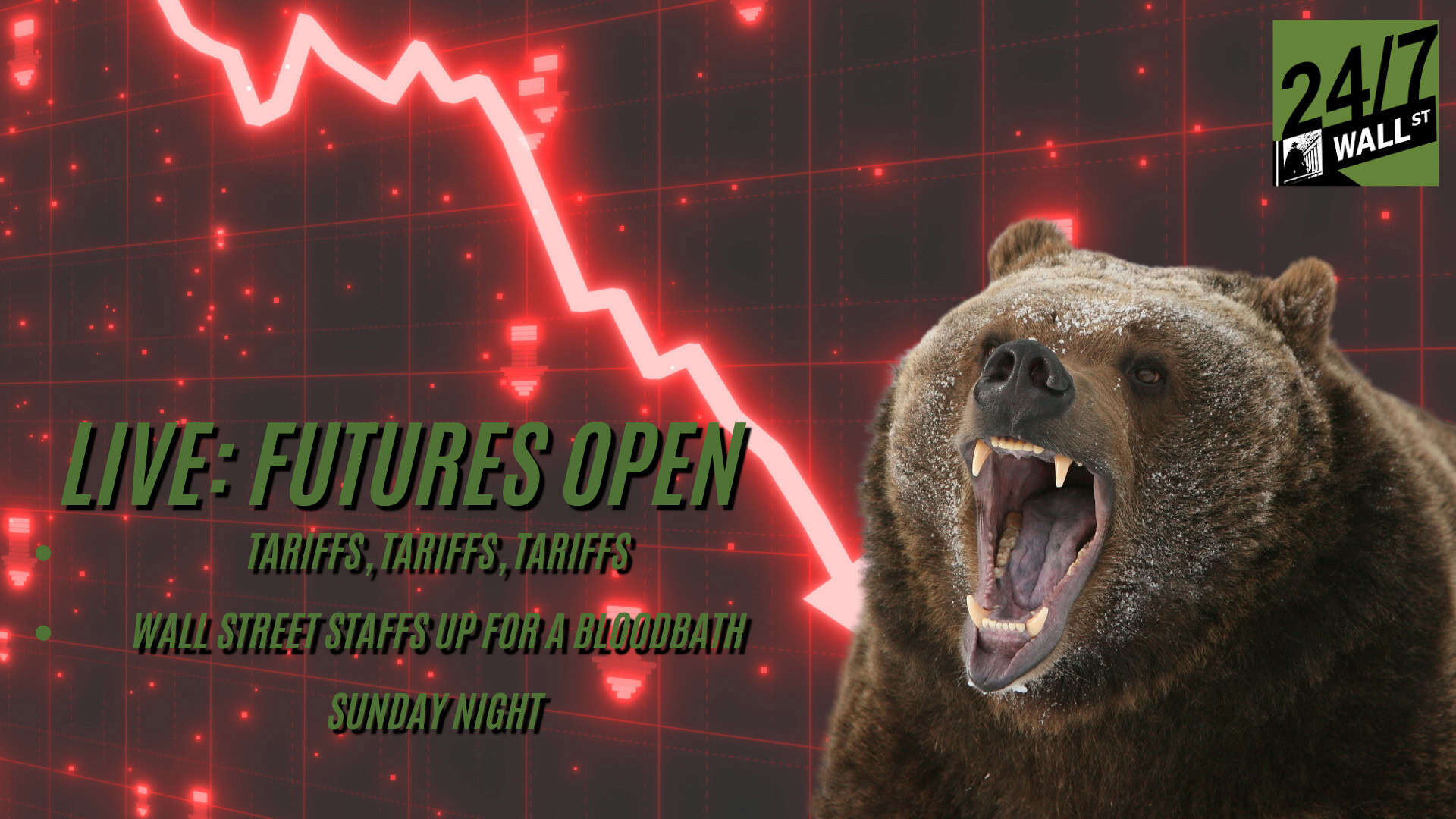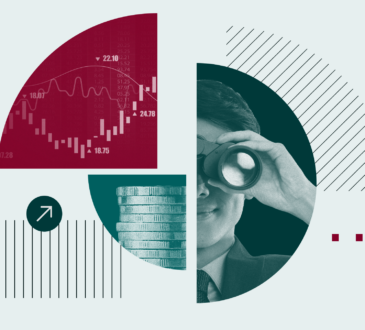Investing

The stock market had a 20% reset in April, which lasted only a few days, if even that. Recently, it has traded down only 7% for the year. It has only been a quarter of a century since the last market wipeout. The Nasdaq dropped 75% from March 2000 to October 2002. Most of the reason was the .com companies had raised too much money as their losses mounted, and the value of their business models was viewed as unsustainable.
The most notable part of the market crash was that it destroyed company stocks with strong business models that are today’s market titans, including Microsoft (NASDAQ: MSFT) and Amazon (NASDAQ: AMZN). When the market imploded, Microsoft’s market cap dropped 65%.
If the market dropped 75% today, the Nasdaq would collapse from 17,100 to 4,475, and its market value would collapse by $23 trillion, hammering the wealth of many Americans.
It is worth noting that the 2000 to 2022 Nasdaq market collapse was not accompanied by a significant recession. GDP fell only .3% in that period, and unemployment rose to 5.5%. That is hardly a recession at all.
One of the first signs of a new, sharp market drop is that stocks in the AI craze have started to crater. AMD (NASDAQ: AMD), considered the No. 2 AI chip maker, traded at $227 in March last year. A few weeks ago, it dropped to $88 and has since recovered to $102. Palantir (NASDAQ: PLTR) reached $125 in February last year. It dropped to $74 early last month, a 40% drop. It recently moved up to $117.
What is critical about Palantir and AMD is that they are remarkably healthy companies with growing revenue and what appear to be successful models, unlike the .com companies of 2000 and 2002. Nevertheless, their shares collapsed.
If there is a massive market sell-off, it would happen for one of two reasons. The first is that the huge bet on AI falters. It could. Companies could get “out over their skis.” Meta (NASDAQ: META) says it will invest $50 billion to $75 billion in AI this year. Microsoft has pegged its investment at $80 billion for the same period. AI is supposed to change the world. Many public companies with prospects driven by AI investments are supposed to have tremendous revenue growth unless they don’t.
The other threat to the market is hyperinflation. Inflation rose to 14% in 1979. If there is a similar problem this year, it will be because of tariffs, which could be as high as 100% on Chinese goods. The inflationary problem would ripple across the US economy in months.
Sixty percent of US adults own stocks. That statistic says everything.
Take Charge of Your Retirement In Just A Few Minutes (Sponsor)
Retirement planning doesn’t have to feel overwhelming. The key is finding expert guidance—and SmartAsset’s simple quiz makes it easier than ever for you to connect with a vetted financial advisor.
Here’s how it works:
- Answer a Few Simple Questions. Tell us a bit about your goals and preferences—it only takes a few minutes!
- Get Matched with Vetted Advisors Our smart tool matches you with up to three pre-screened, vetted advisors who serve your area and are held to a fiduciary standard to act in your best interests. Click here to begin
- Choose Your Fit Review their profiles, schedule an introductory call (or meet in person), and select the advisor who feel is right for you.
Why wait? Start building the retirement you’ve always dreamed of. Click here to get started today!
Thank you for reading! Have some feedback for us?
Contact the 24/7 Wall St. editorial team.


